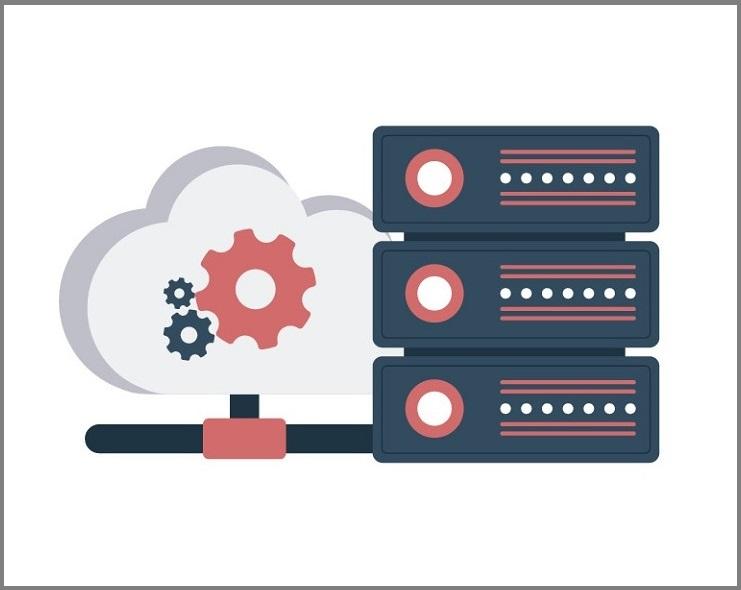Should I use Glacier Storage? Breaking down Amazon’s data storage solution
| February 5, 2020

If you’re in need of an off-premise cold data storage, Glacier should be on your radar. The Amazon cloud service has some unique features to look out for. If you’re not sure if it’s right for you, that’s fine – this article will act as a guide. It is a comprehensive breakdown, including reasons to use or not use it. First, let’s make sure you understand Glacier completely.
What is Glacier Storage?
Glacier Storage is the Amazon-backed cloud storage service used to archive cold data. Cold data, in case you’re unaware, is data that isn’t accessed that often. It’s typically things like business contracts, legal documents or historical records. Glacier is a price per gigabyte solution that maintains enterprises data storage needs completely off-site. It is intended to separate active and inactive data for companies.
Amazon Glacier is like a box for family heirlooms. If someone is selling their older items, they’ll want to quickly separate heirlooms from items they want to sell. Once they put the heirlooms into a box, the rest of the process moves quickly and smoothly. The heirlooms are the cold data, meaning they don’t really need to be looked at that often. Once they’re stored, they typically stay stored for a lifetime.

When should I use Glacier Storage?
There are two main reasons a company should implement Amazon Glacier:
1. When you require small or large data storage
This is especially apparent when you have large amounts of hot data and need extra space and speedy access. Glacier is fine for any size data storage needs and is economical even as data increases. Essentially, It keeps your inactive data separated from the active data.
2. When you require off-premise cloud storage
If you don’t have the space to physically store data on-site, Glacier is the right solution for you. Cloud data storage is increasing in popularity and it especially benefits companies with extraordinary data quantities. Glacier removes the clutter of on-site storage devices. Now that you have some reasons to use this incredible tool, let’s make sure you understand when to avoid it.

When to avoid Glacier Storage
There are two reasons enterprises should skip on Amazon Glacier. Remember mainly that these reasons are completely independent of one another:
1. If you need to access your stored data often
Glacier wasn’t created for companies who need to store high-usage data. The name ‘glacier’ helps you remember if you should avoid using it or not – glaciers are cold, so they’re not for warm or hot data.
2. If you need fast access to your stored data
Amazon Glacier is very slow retrieval (by design). If you’re in need of storage that lets you quickly access company data, Glacier is wrong for you.

Other benefits and factors to consider
Before implementing Glacier, other factors should be measured and compared. One important thing to consider is if you are already using the Amazon Web Service (AWS) suite. Since Glacier is a part of this program, it may be beneficial to add it on. Furthermore, it probably will reduce any lag in starting your company on a new tool. Often times implementing a new program or system clutters up a workflow, at least initially. Being that your company already uses the program base from which Glacier comes from, the process will be seamless.
Furthermore, the AWS suite powers many storage tools, like digital asset management (DAM). Keeping your data storage within the AWS suite allows for easy implementation with your current programs. Luckily, Canto DAM is partnered with AWS to ensure strong security.
If you enjoy the functionality of the AWS programs and need off-site cold data storage, Glacier might be right for you.
